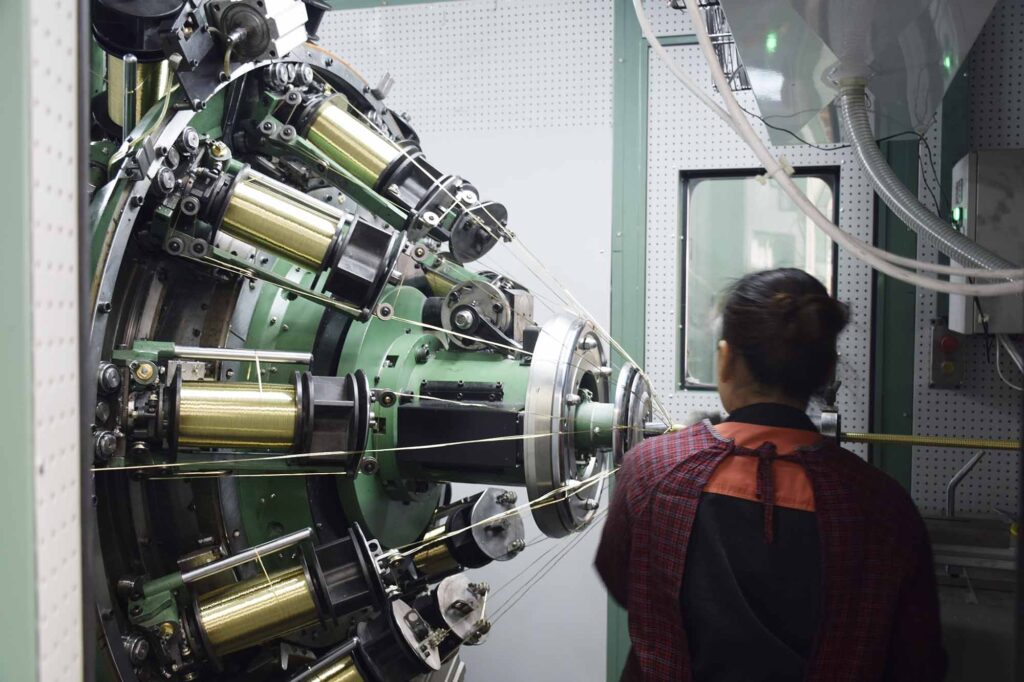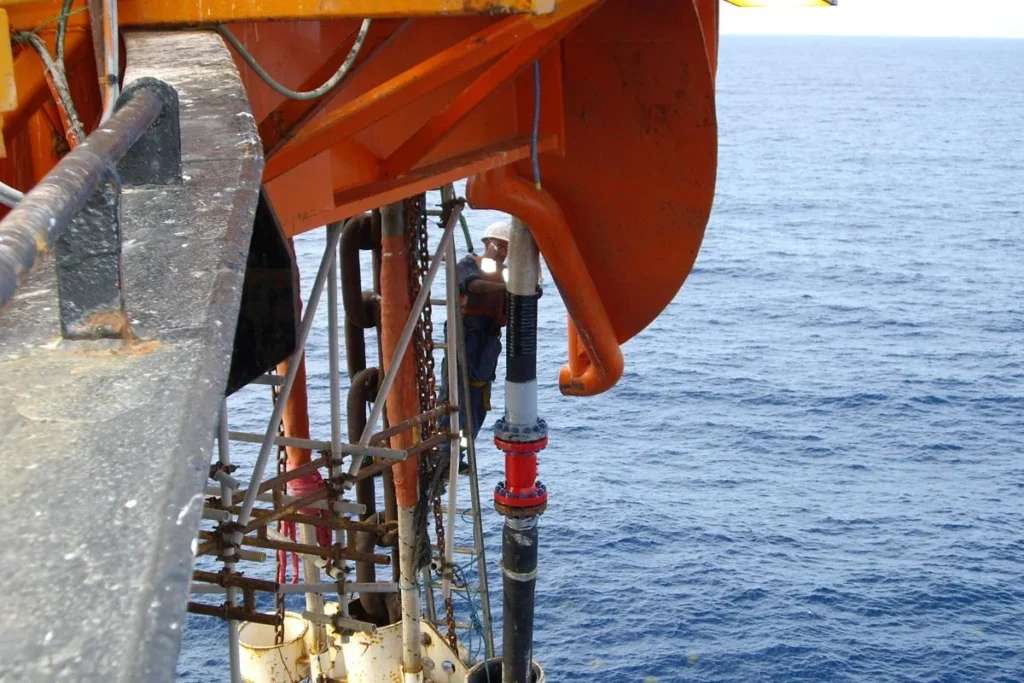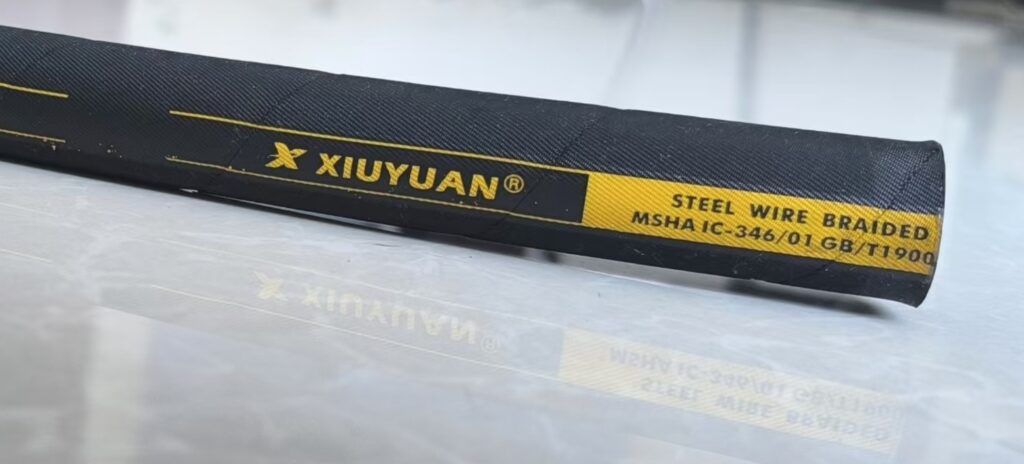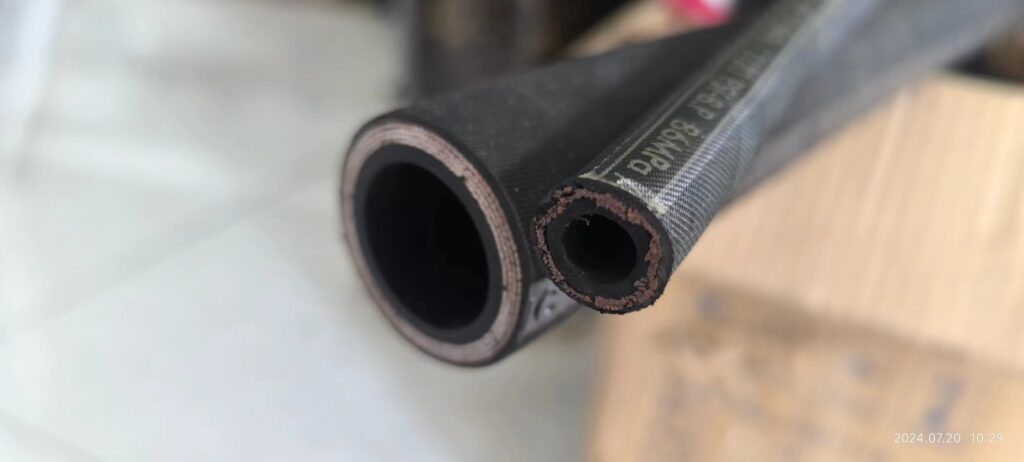As temperatures rise during the summer months, the demand for cooling solutions increases, making it an opportune time for manufacturers to focus on hose production. Whether it’s for garden hoses, industrial hoses, or specialized cooling systems, hoses play a crucial role in helping people and industries beat the heat. In this comprehensive guide, we’ll explore the key aspects of hose production during the summer, including materials, manufacturing processes, quality control, and the importance of meeting customer demands. By the end of this guide, you’ll have a deep understanding of how to optimize hose production for the summer season.
Understanding the Importance of Hoses in Summer
Hoses are indispensable during the summer for a variety of applications. Garden hoses are essential for maintaining lawns, gardens, and flower beds, ensuring they remain lush and green despite the heat. Industrial hoses, on the other hand, are crucial in cooling systems, air conditioning units, and for transporting fluids in various industries. The high demand for these products in the summer presents an excellent opportunity for manufacturers to ramp up production and meet consumer needs.
Selecting the Right Materials
The choice of materials is one of the most critical factors in hose production, especially in summer when temperatures can soar. The materials used must withstand high temperatures, UV exposure, and pressure while remaining flexible and durable.
- Rubber: Natural and synthetic rubber are popular choices for hose production due to their flexibility, durability, and resistance to heat. EPDM (ethylene propylene diene monomer) rubber is particularly favored for garden hoses because of its excellent heat resistance and ability to withstand UV radiation.
- PVC (Polyvinyl Chloride): PVC is another widely used material in hose production. It’s lightweight, cost-effective, and resistant to corrosion and chemicals. PVC hoses are commonly used in applications where flexibility and resistance to environmental factors are required.
- Polyurethane: Polyurethane hoses are known for their superior abrasion resistance and flexibility. They are often used in industrial applications where the hose needs to endure rough handling and high temperatures.
- Hybrid Materials: Some hoses are made from a combination of materials to enhance their performance. For example, a hose may have a rubber inner layer for flexibility and a PVC outer layer for added strength and UV resistance.
Manufacturing Processes
The manufacturing process for hoses involves several steps, each of which plays a vital role in ensuring the final product meets the necessary standards for durability, flexibility, and safety.
- Extrusion: The extrusion process involves forcing the material through a die to create the hose’s shape. This is typically done using an extruder, which heats the material to a molten state before it is pushed through the die. The hose is then cooled and cut to the desired length.
- Reinforcement: Many hoses, particularly those used in industrial applications, require reinforcement to enhance their strength and pressure resistance. This is often done by braiding or spiraling synthetic fibers or metal wire around the hose. The reinforcement layer is then covered with an additional layer of rubber, PVC, or polyurethane.
- Vulcanization: For rubber hoses, the vulcanization process is crucial. This involves heating the rubber to a high temperature to cross-link the polymer chains, which increases the hose’s strength, elasticity, and resistance to heat and chemicals.
- Quality Control: Quality control is an essential part of the manufacturing process. Hoses must be tested for various factors, including pressure resistance, flexibility, heat resistance, and UV resistance. Any defects in the hose could lead to failure in critical applications, so thorough testing is essential.
Quality Control in Hose Production
Quality control is particularly important in hose production during the summer months when hoses are subjected to extreme conditions. A robust quality control process ensures that each hose meets the required standards for safety, durability, and performance.
- Pressure Testing: Hoses are often used to transport fluids under pressure, so it’s crucial to ensure they can withstand the pressure without bursting or leaking. Pressure testing involves subjecting the hose to pressures higher than its intended operating pressure to ensure it can handle the demands of its application.
- Temperature Resistance Testing: Summer temperatures can be extreme, so hoses must be tested for their ability to withstand high temperatures without degrading. This testing involves exposing the hose to elevated temperatures for an extended period to ensure it retains its flexibility and strength.
- UV Resistance Testing: Hoses used outdoors are exposed to UV radiation, which can cause materials to break down over time. UV resistance testing involves exposing the hose to simulated sunlight to ensure it can withstand prolonged exposure without cracking or becoming brittle.
- Flexibility Testing: Hoses must be flexible enough to be easily maneuvered without kinking or breaking. Flexibility testing involves bending and twisting the hose repeatedly to ensure it retains its flexibility even after extended use.
- Chemical Resistance Testing: For hoses used in industrial applications, chemical resistance is crucial. This testing involves exposing the hose to various chemicals to ensure it can withstand exposure without degrading.
Meeting Customer Demands
With the increased demand for hoses during the summer, it’s important for manufacturers to be prepared to meet customer needs. This involves not only ramping up production but also ensuring that the products are of the highest quality and delivered on time.
- Production Planning: To meet the increased demand, manufacturers need to plan their production schedules carefully. This may involve increasing shifts, hiring additional workers, or investing in new machinery to boost production capacity.
- Inventory Management: Maintaining an adequate inventory of raw materials is crucial to avoid production delays. Manufacturers should work closely with their suppliers to ensure a steady supply of materials, especially during peak demand periods.
- Customization: Customers may have specific requirements for their hoses, such as custom lengths, diameters, or materials. Manufacturers should be prepared to offer customization options to meet these needs.
- Sustainability: As consumers become more environmentally conscious, there is an increasing demand for sustainable products. Manufacturers can meet this demand by using eco-friendly materials and processes in their hose production.
- Customer Service: Excellent customer service is key to retaining customers and building brand loyalty. Manufacturers should be responsive to customer inquiries, provide accurate lead times, and offer solutions to any issues that arise.
Innovations in Hose Production
As technology advances, hose production is continually evolving. Manufacturers who stay on the cutting edge of these innovations can offer better products and stay ahead of the competition.
- Smart Hoses: Some manufacturers are now producing hoses with embedded sensors that can monitor temperature, pressure, and flow rates. These smart hoses can provide real-time data to users, helping them optimize their operations and prevent hose failures.
- Eco-Friendly Materials: The development of biodegradable and recyclable materials for hose production is a significant trend. These materials reduce the environmental impact of hoses, making them more attractive to eco-conscious consumers.
- Advanced Reinforcement Techniques: New reinforcement techniques, such as using carbon fiber or aramid fibers, are being developed to create hoses that are stronger and lighter than traditional hoses. These advancements allow hoses to be used in more demanding applications while reducing weight and improving flexibility.
- Automation and Robotics: Automation and robotics are increasingly being used in hose production to improve efficiency and consistency. Automated systems can handle repetitive tasks with precision, reducing the risk of defects and speeding up production.
Conclusion
Summer is a critical season for hose production, with high demand across various sectors. By focusing on the right materials, optimizing manufacturing processes, implementing stringent quality control measures, and staying ahead of customer demands and technological innovations, manufacturers can successfully beat the heat and capitalize on the summer season.
Whether producing garden hoses for home use or industrial hoses for heavy-duty applications, the key to success lies in quality, reliability, and meeting the evolving needs of consumers. By following the guidelines outlined in this guide, hose manufacturers can ensure they are well-prepared to tackle the challenges and opportunities that come with summer production, ultimately leading to increased customer satisfaction and business growth.





